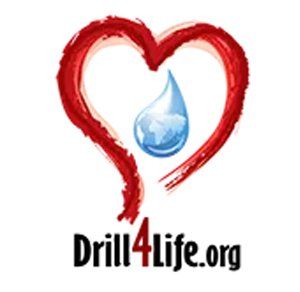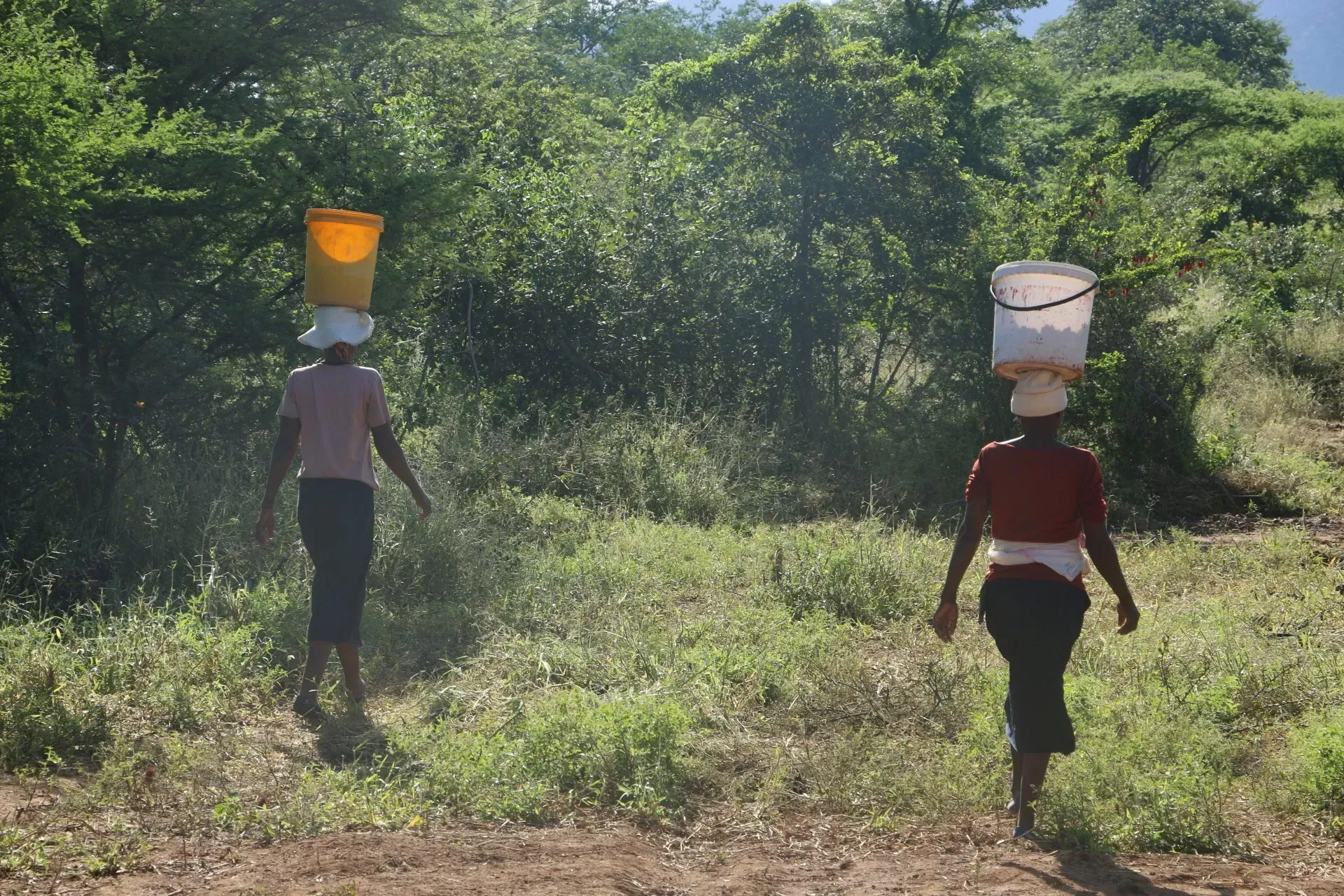Why Water
It is not unusual for people in rural villages to travel seven miles or more to fetch water from a nearly dried up river bed. Whatever water they find is distributed among the village.- Simba Maswela; Founding Member, Drill4Life
Zimbabwe
Due to a difficult political and economic situation, Zimbabwe’s water supply and sanitation services have been in decline since the 1990s. Many rural communities have no source of clean water, forcing villagers to walk long distances on a daily basis to collect water from unsafe sources.
Today, 98% of those without an improved drinking water source live in rural areas, and up to 42% of the rural population still practices open defecation. This leaves millions of Zimbabweans at risk of waterborne diseases.
We’re working to change this dynamic in Zimbabwe & across Sub-Saharan Africa.
Clean Water Means Everything
Health
Contaminated water and inadequate sanitation are linked to transmission of diseases such as cholera, diarrhoea, dysentery, hepatitis A, typhoid and polio.
Diarrhoea alone kills roughly 829,000 people a year. Of those deaths, 36% are children under the age of 5.
In communities without water, basic hygiene is not prioritized, leading to an increased likelihood of waterborne disease (2).
Time
When communities have access to basic water sources less time is spent collecting it, thus increasing productivity in areas such as farming & education.
In a study of 25 countries in sub-Saharan Africa, UNICEF estimated that women there spent 16 million hours collecting water each day.
The average time of one round-trip to collect water is approximately 30 minutes. Many households require multiple trips each day (2, 3).
Education
When communities have access to basic water sources less time is spent collecting it, thus increasing productivity in areas such as farming & education.
Nearly 3 out of 10 schools globally have limited or no water service.
Enrollment rates for girls increase by 15 percent when provided with clean water access (3,4,6).
Woman Empowerment
Women are responsible for 71% of the water collected in sub-Saharan Africa.
Accessible, safe water equates to less collection trips for young girls & women. In turn, this leads to increased personal safety, less musculoskeletal conditions, & less health expenses.
Limiting the time & energy spent gathering water contributes to reduction in rates of teenage pregnancy, school drop outs, and poor performance in the classroom (2,3,5).
Economic Stability
Every $1 invested in joint water supply and sanitation provides a $4.30 economic return
$260 billion is lost every year in developing countries due to inadequate water supply and sanitation.
The costs of delivering sustainable water management for all countries (1% of global GDP) would equate to 29 cents per person, per day, from 2015-2030 (7, 8, 9).
Water Facts- Zimbabwe & sub-Saharan Africa
771 million people in the world live without basic drinking water service. Half of those people live in sub-Saharan Africa (1)
Approximately 10% of rural Zimbabweans use ‘Surface Water’, 23% access an ‘Unimproved’ water source, and 19% access a ‘Limited’ water source (1)
Only 30% Zimbabweans have access to a ‘Safely Managed’ water source (1)
Approximately 40% of Zimbabweans use drinking water with High or Very-High risk levels of faecal contamination (1)
Only 26% of Zimbabweans have access to safely managed sanitation services (1)



